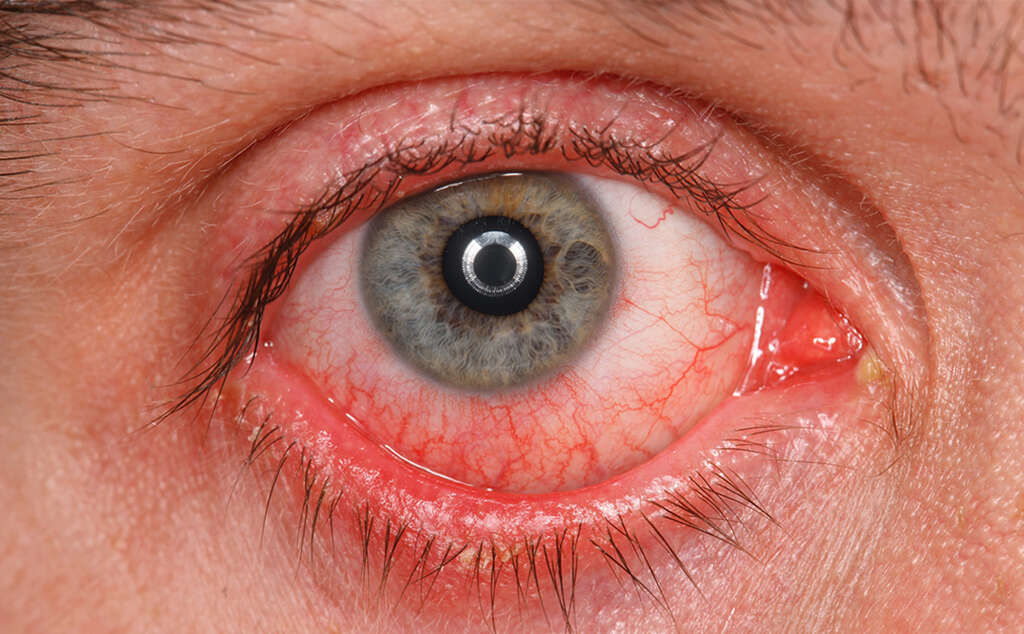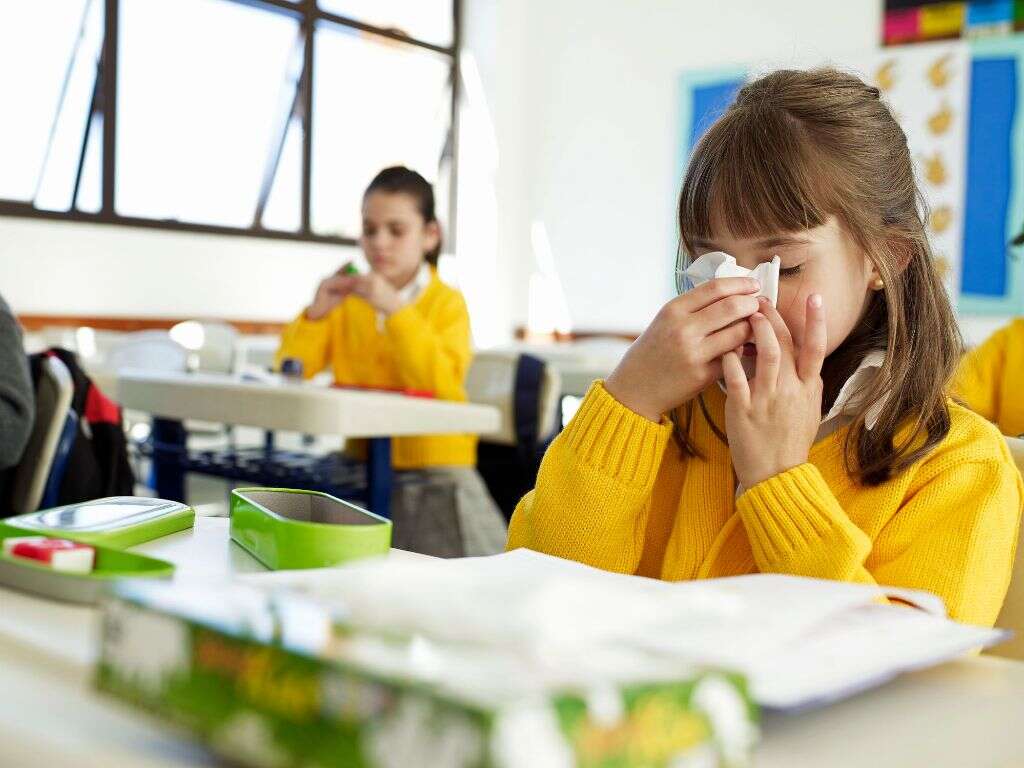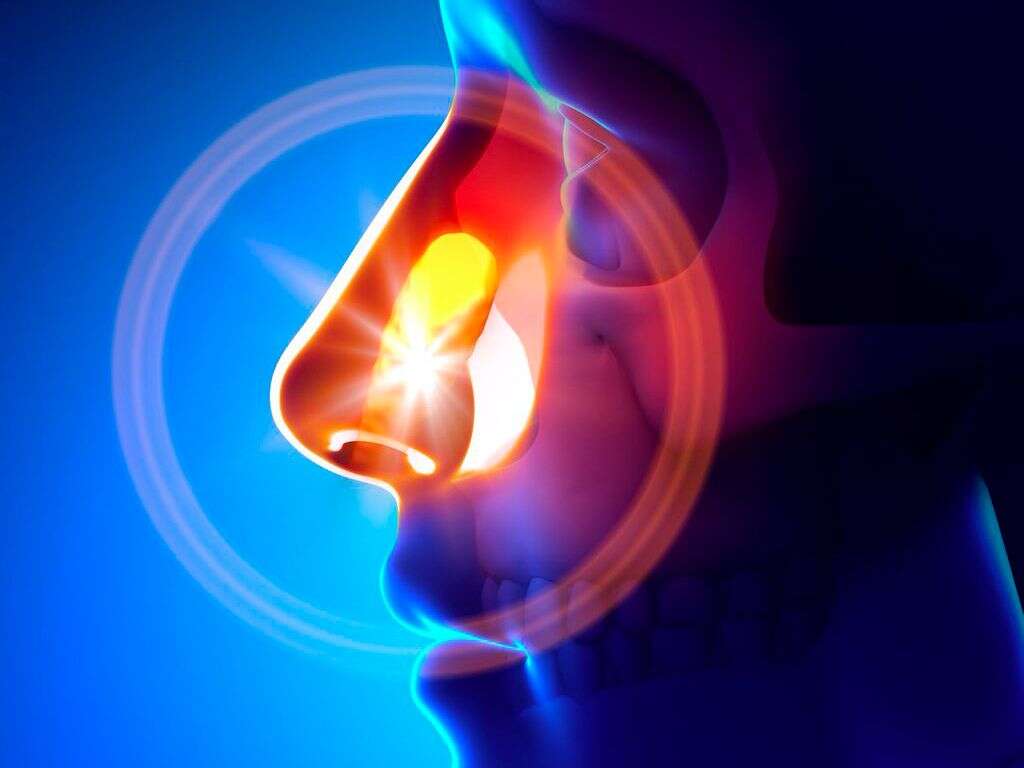10 Signs of Bronchitis
Bronchitis is a condition where the bronchi are inflamed. Bronchitis can be divided into acute and chronic bronchitis. Acute bronchitis can also be known as a chest cold. Acute bronchitis is usually caused by a viral infection (90 percent of cases). The viruses can be transmitted through the air or direct contact.
The risk factors of acute bronchitis include exposure to air pollution, dust, and tobacco smoke. Some cases can also be due to severe air pollution or bacteria such as Bordetella pertussis and Mycoplasma pneumoniae. The treatment of acute bronchitis usually involves rest, nonsteroidal anti-inflammatory drugs (NSAIDs), paracetamol (acetaminophen), and more. Acute bronchitis is a very common condition where approximately 5 percent of adults are affected with 6 percent of children experiencing one episode annually.
In chronic bronchitis, most cases are due to chronic obstructive pulmonary disease (COPD). COPD is most commonly due to tobacco smoking, genetics, and air pollution. Treatment involves rehabilitation, vaccinations, quitting smoking, steroids, and inhaled bronchodilators. A lung transplant or long-term oxygen therapy may also be beneficial. In 2010, about 5 percent of the global population consisting of 329 million individuals were affected by COPD. In 2013, it led to 2.9 million deaths.

Bronchitis Sign #1: Cough
A cough is a repetitive and sudden reflex that the body uses to help clear the airway from irritants, fluids, microbes, and foreign particles. The cough reflex has three phases: inhalation, exhalation, and release of air accompanied by a distinctive sound.
Frequent coughing can mean that there is disease. From an evolutionary perspective, coughing helps to spread the viruses and bacteria to new hosts. Coughing can occur when there is a respiratory tract infection, asthma, smoking, air pollution, post-nasal drip, lung cancer, bronchitis, and more.

Bronchitis Sign #2: Dyspnea
Shortness of breath or dyspnea refers to the sensation where one is unable to breathe well enough. It can involve chest tightness, air hunger, and increased effort when breathing. In 85 percent of cases, dyspnea occurs in pneumonia, asthma, interstitial lung disease, cardiac ischemia, COPD, panic disorder, anxiety, congestive heart failure, and more.
Treatment depends on the underlying cause of dyspnea. COPD patients who have chronic bronchitis or emphysema often have dyspnea and productive cough. In acute exacerbation of COPD, treatment often involves steroids, anticholinergics, beta2-adrenoceptor agonists, and positive pressure ventilation.

Bronchitis Sign #3: Wheezing
A wheeze refers to a coarse, whistling, and continuous sound that is produced by the airways when breathing. Wheezes occur when some part of the respiratory airway is obstructed or narrowed causing the airflow within the respiratory tree to be increased. Wheezing is commonly seen among individuals with lung disease such as asthma. It can also be seen in heart disease, heart failure, lung cancer, bronchitis, foreign bodies, and more.
The location of the wheeze can be an important clue for diagnosis. Wheezing throughout the chest occurs in diffuse processes while a wheeze heard at a designated location occurs in localized processes.

Bronchitis Sign #4: Fever and Chills
A fever or febrile response occurs when the body’s set temperature is higher than normal. This increase can cause a feeling of coldness also known as chills. It also results in muscle contractions that help to produce and conserve heat. In some cases, fever can trigger a febrile seizure especially among young children.
A fever can be seen in various conditions such as infections (viral, bacterial, parasitic), cancer, deep vein thrombosis, vasculitis, and more. Although treatment to reduce fever is usually not required, medications such as paracetamol and NSAIDs can be helpful.

Bronchitis Sign #5: Sputum
Sputum refers to mucus or phlegm that is coughed up from the lower airways. Sputum samples can be used to help in the microbiological investigations of respiratory infections and more.
In bronchitis, the cough is usually a productive cough where the sputum is often yellowish, greenish, or even brownish in color. The sputum can also be blood tinged. Patients should seek medical attention if the sputum is blood tinged.

Bronchitis Sign #6: Chest Pain
Chest discomfort or pain can occur in any region of the chest. It should be considered a medical emergency. It can be divided into heart-related or non-heart-related chest pain. Examples of non-heart-related chest pain include lung, musculoskeletal, or gastrointestinal issues.
For respiratory-related chest pain, conditions that can cause chest pain are pulmonary embolism, bronchitis, pneumonia, pneumothorax, hemothorax, tuberculosis, pleurisy, tracheitis, lung malignancy, and more. Patients who experience chest pain should seek medical attention as soon as possible.

Bronchitis Sign #7: Fatigue
Fatigue can be defined as a subjective gradual feeling of tiredness that can be alleviated by rest. It can be divided into physical and mental fatigue. Physical fatigue is a transient inability for the muscle to maintain optimal physical performance.
Mental fatigue is the temporary decrease of the optimal cognitive performance. It can manifest as lethargy or somnolence. Fatigue is a common and nonspecific symptom that can be seen in various conditions such as infections, bronchitis, cancer, multiple sclerosis, and more.

Bronchitis Sign #8: Clubbing of the Digits
Nail clubbing occurs when there is deformity of the digits such as the toe or finger nails. It can occur in conditions such as lung cancer, tuberculosis, interstitial lung disease, bronchitis, cyanotic heart disease, atrial myxoma, tetralogy of Fallot, cirrhosis, hepatopulmonary syndrome, and more.
Nail clubbing found in cases of bronchitis may be indicative of cystic fibrosis.

Bronchitis Sign #9: Conjunctivitis
Conjunctivitis or pink eye occurs when the outermost layer of the white part of the eye is inflamed. This causes the eye to look reddish or pink. It can cause symptoms such as scratchiness, pain, itchiness, and a burning sensation.
The commonest causes of conjunctivitis are bacterial, viral, or allergens. In patients with bronchitis, the presence of conjunctivitis is suggestive that the bronchitis is due to a viral infection such as adenovirus.

Bronchitis Sign #10: Cyanosis
Cyanosis refers to the purplish or bluish discoloration of the mucous membranes or skin due to low oxygen saturation. It can be divided into peripheral and central cyanosis. Central cyanosis can usually be seen from the bluish tongue or lips. It can be seen in seizures, bronchitis, pneumonia, heart disease, heart failure, polycythemia, hypothermia, and more.
Peripheral cyanosis can be seen when there is bluish tint on the extremities due to reduced cardiac output, venous obstruction, cold exposure, peripheral vascular disease, and more. Cyanosis usually occurs in more severe or advanced bronchitis.












